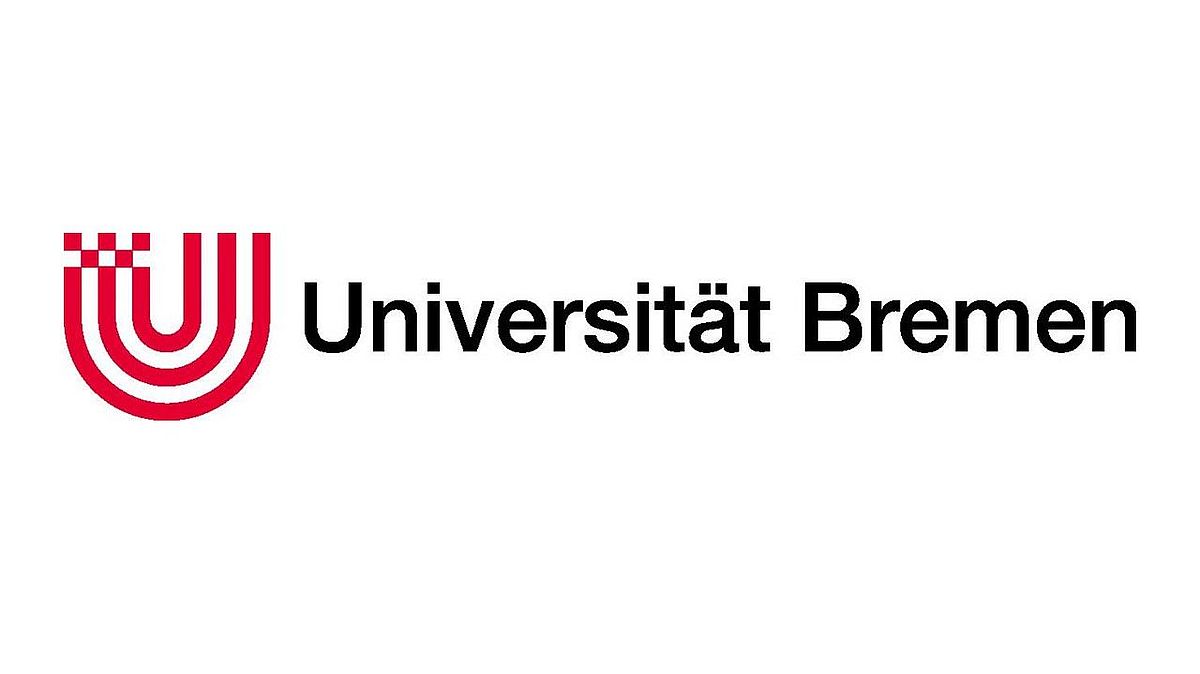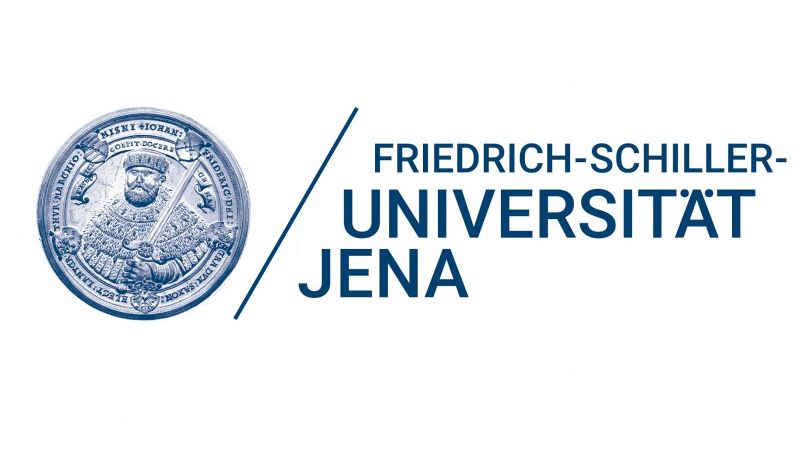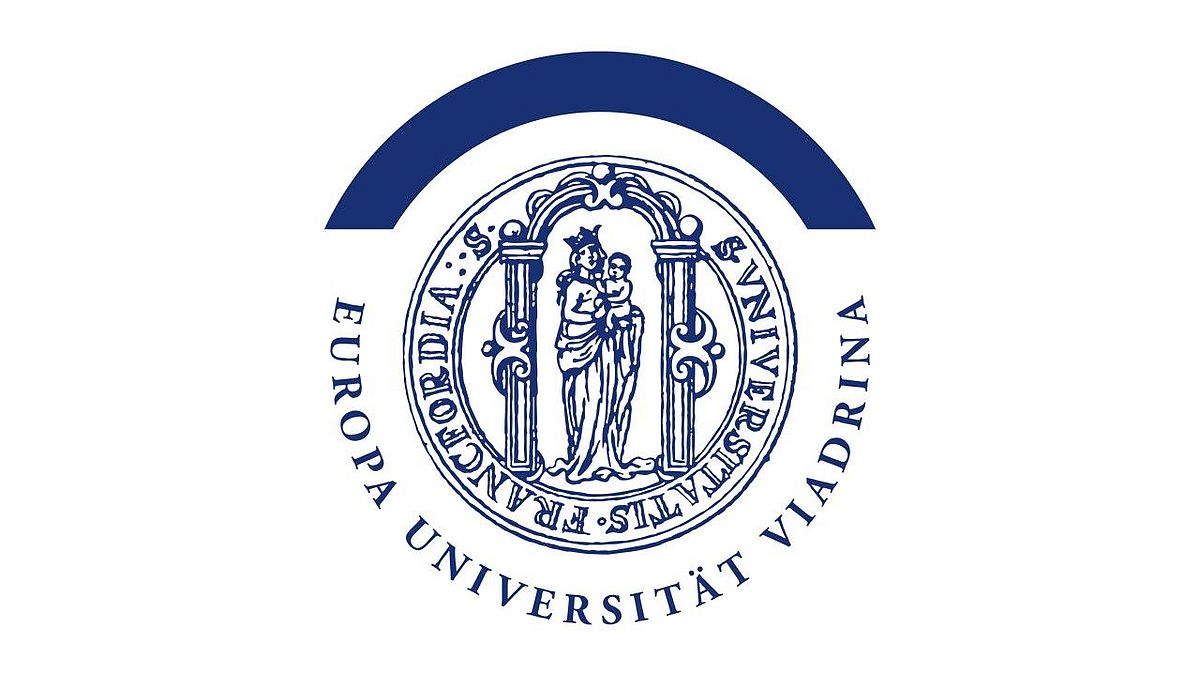Sub-project 1: Modernization blockades and productivity gap in the GDR
Obstacles to modernisation in the German Democratic Republic (GDR) and productivity gap compared to the Federal Republic of Germany (FRG) and neighbouring countries in Central Eastern Europe
Team: Ann Hipp (University of Bremen, head of sub-project 1), Jutta Günther (University of Bremen), Björn Jindra (University of Bremen), Maria Shkolnykova (University of Bremen), Cooperation partner: Udo Ludwig (University of Leipzig)
Research questions:
- What are the contributions of the production factors labour, capital and technological progress to economic growth in the two German economies until the re-unification?
- How was the growth of production and productivity analysed in the GDR?
- Which role did the creative potential of scientists play for innovative activity in the economy of the GDR?
Approach:
The GDR and the FRG had similar economic starting positions after the second world war. In the 1960s, however, the model of central planning showed its limits with respect to the speed of technological progress. Compared to the FRG with its market system, the indicators of growth and prosperity became weaker in the GDR. From the perspective of the pure theory of economic order (Ordnungstheorie), this observation did not come as a surprise (Gutmann 1999). In reality, the party and state leadership of the GDR tried everything possible in terms of reforms in order to increase growth and wellbeing within the planning system.
In the meantime, economic history has described and analysed central decision making based on archive studies (Hoffmann 2016) and comprehensive German-German comparisons of that time at the level of industries and regions (Bähr/Petzina 1996, Baar/Petzina 1999). Comparative analyses at the macro level are, however, scarce because of methodical problems and data limits (Ludwig/Stäglin 1997, 1999). But it can be assumed that the modernization blockades led to a gap in the factor productivity of the economy of the GDR (Ritschl 1995).
Today, macroeconomic time series data exist for the GDR which are comparable to the FRG methodically and in terms of currency (Heske 2009). Based on this data, first empirical analyses have been done about the extensive and intensive sources of economic growth in the GDR, especially about the totalfactor productivity (Ludwig 2017a). These insights will now be enlarged by looking at the developments in the FRG (Keller 2000). Furthermore, comparative analyses of the sources of growth will be done including Poland and Czechoslovakia (Grodzicki 2014 und 2013).
The economic science community in the GDR was occupied with many aspects of the analysis of economic growth, but for theoretical and ideological reasons, the totalfactor productivity did not play a role. Partial productivity analyses related to labour and capital dominated in the GDR’s economic science scene (Krause 1998). The aforementioned empirical-quantitative analyses about the systemic limits to economic growth will be complemented by an analysis of the deficiencies of economic science of the GDR. This aspect will be followed in cooperation with sub-project 4.
Finally, the productivity gap at the macro level originated in the deficiencies of technological progress at the level of production as well as research & development units. This aspect will be analysed in combination with the regional analyses run in sub-project 2.





